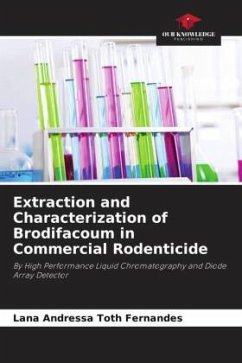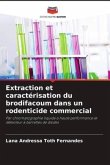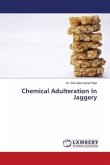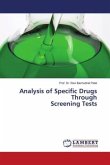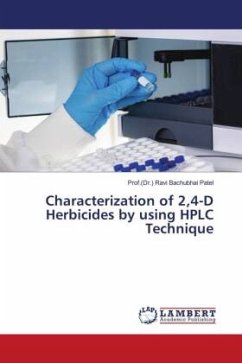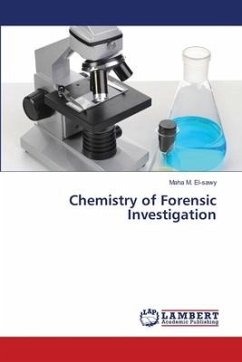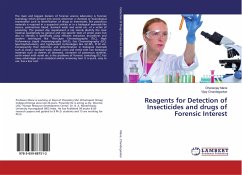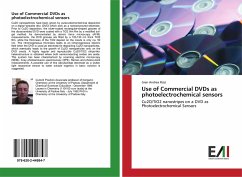Bits and pieces of commercial rodenticide pellets arrive at the laboratory of the Paraná Institute of Criminalistics from foods such as coffee and tea. Therefore, methods for determining their active ingredients, which are mainly coumarin derivatives, are indispensable in forensic investigations. However, commercial products have a low concentration of these compounds in their composition, which makes their analysis difficult. The aim of this study was to develop a method for extracting the coumarin brodifacoum from commercial samples and determining it using high-performance liquid chromatography (HPLC) with a diode array detector (DAD). The extraction was carried out at the Federal Technological University of Paraná (UTFPR) Ecoville headquarters and the rest of the analysis at the chemical and biological sciences laboratory of the forensic medical institute (IML) in Curitiba. A methodology was presented for determining brodifacoum in commercial rodenticide pelleted baits that requires less than 10 mg without extensive cleaning steps. The proposed method proved to be satisfactory and is currently used by the Paraná Criminalistics Institute.
Bitte wählen Sie Ihr Anliegen aus.
Rechnungen
Retourenschein anfordern
Bestellstatus
Storno

